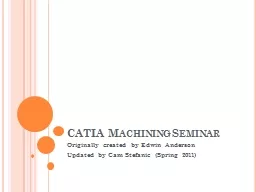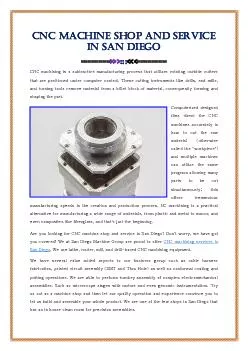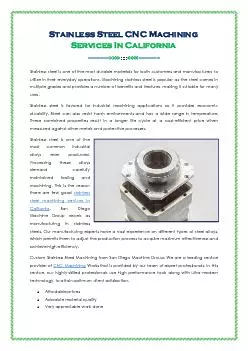PPT-2 - Machining Fundamentals –
Author : tatiana-dople | Published Date : 2016-05-30
Measurement Manufacturing Processes 2 IE352 Ahmed M ElSherbeeny PhD Spring2015 Learning Objectives Measure to 164 5 mm with a steel rule Reading an Inchbased
Presentation Embed Code
Download Presentation
Download Presentation The PPT/PDF document "2 - Machining Fundamentals –" is the property of its rightful owner. Permission is granted to download and print the materials on this website for personal, non-commercial use only, and to display it on your personal computer provided you do not modify the materials and that you retain all copyright notices contained in the materials. By downloading content from our website, you accept the terms of this agreement.
2 - Machining Fundamentals –: Transcript
Download Rules Of Document
"2 - Machining Fundamentals –"The content belongs to its owner. You may download and print it for personal use, without modification, and keep all copyright notices. By downloading, you agree to these terms.
Related Documents














